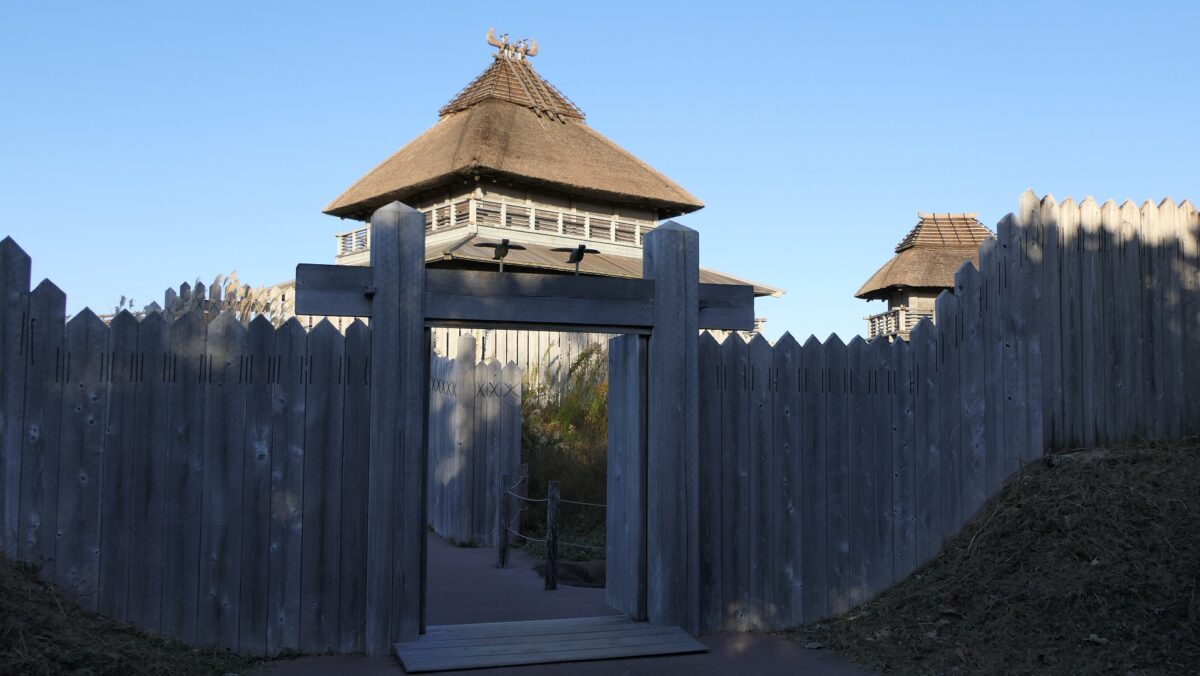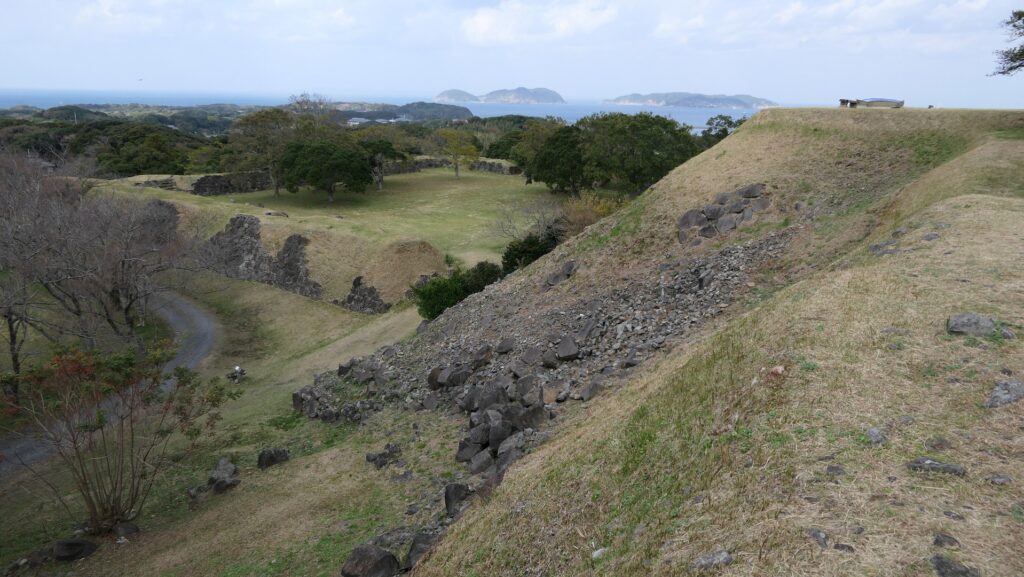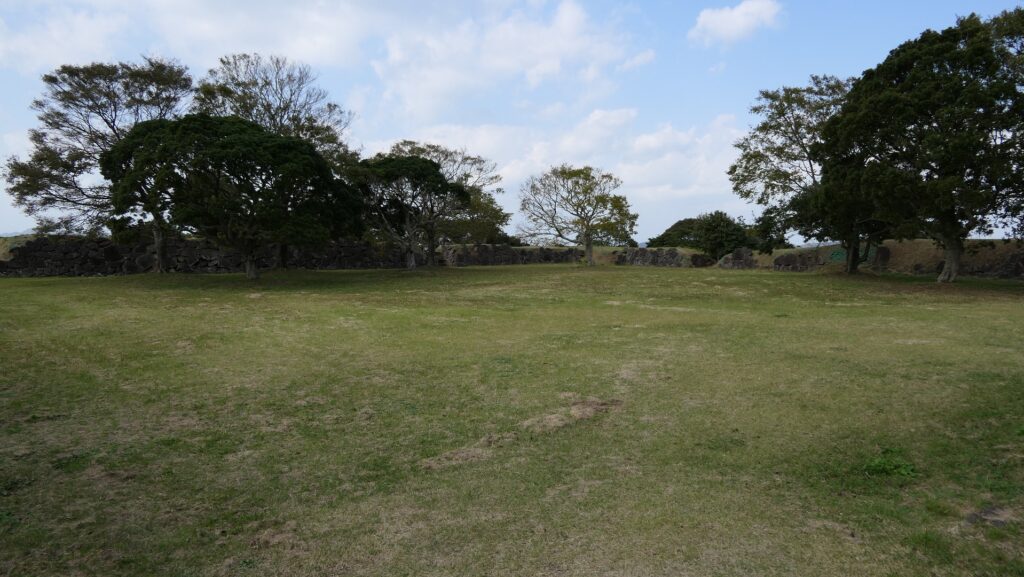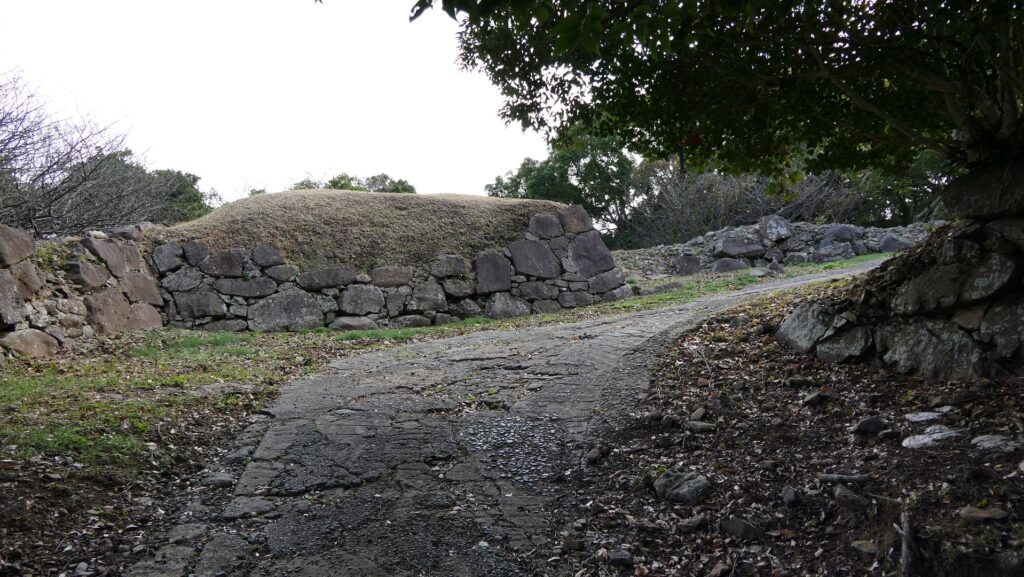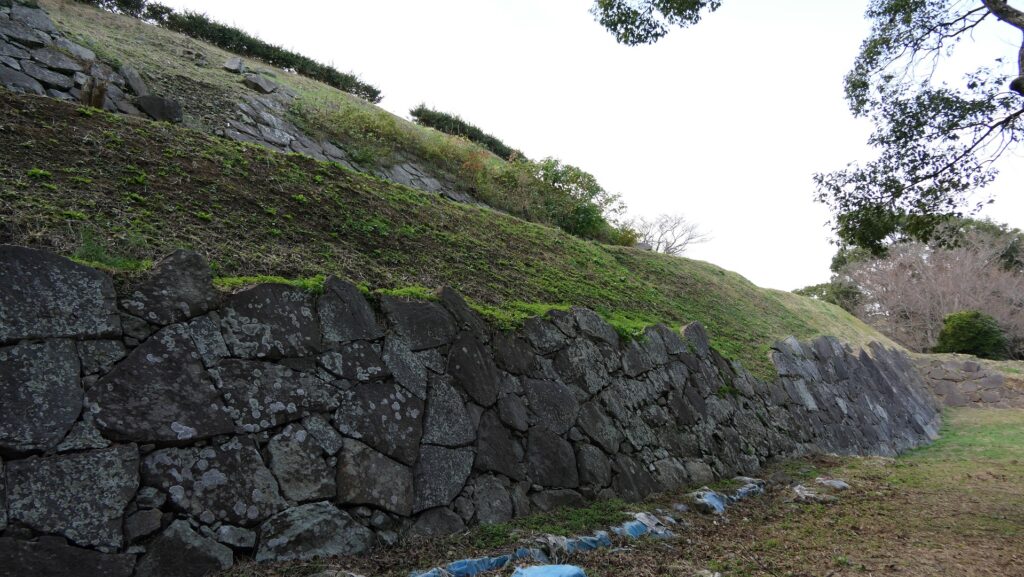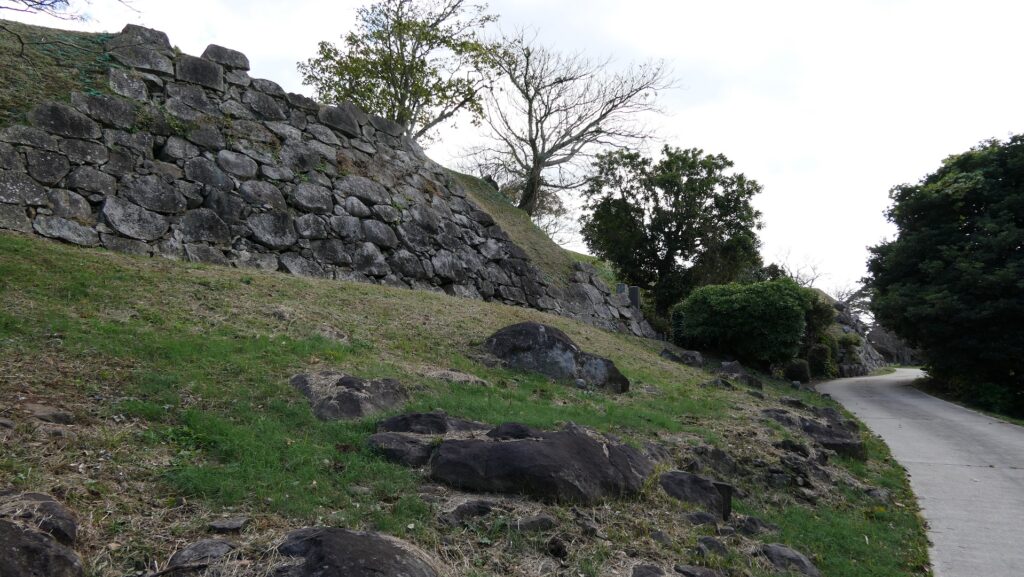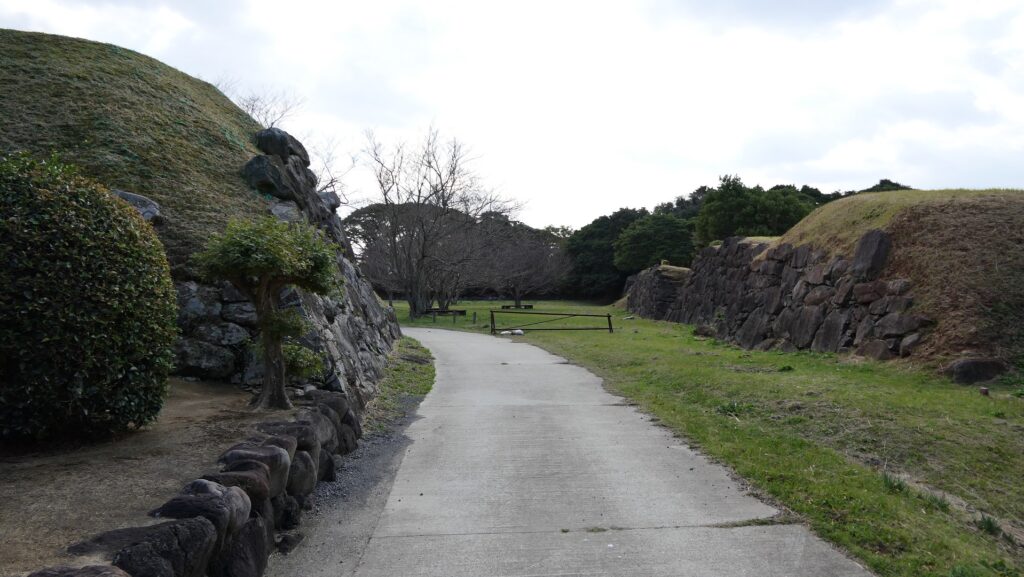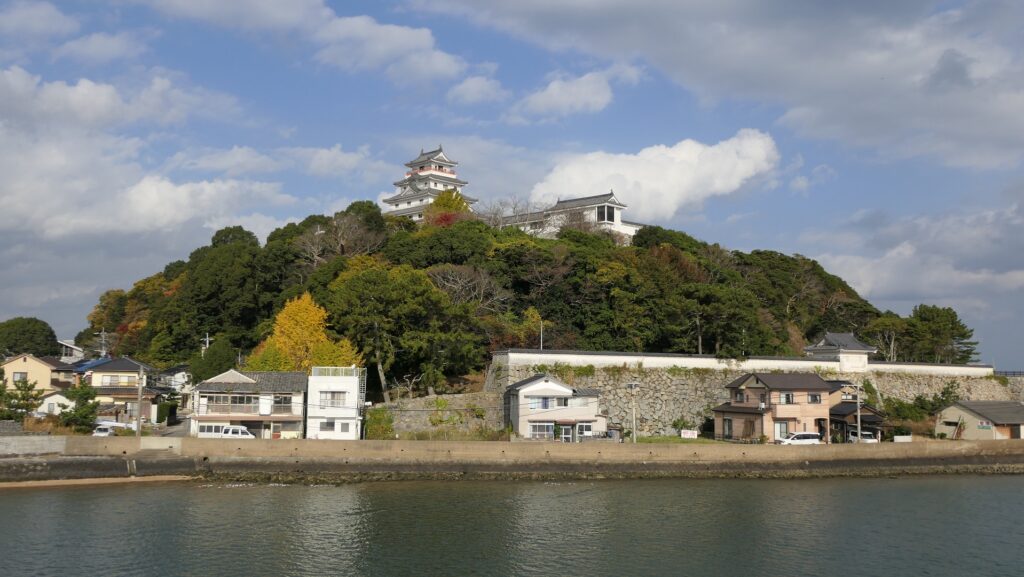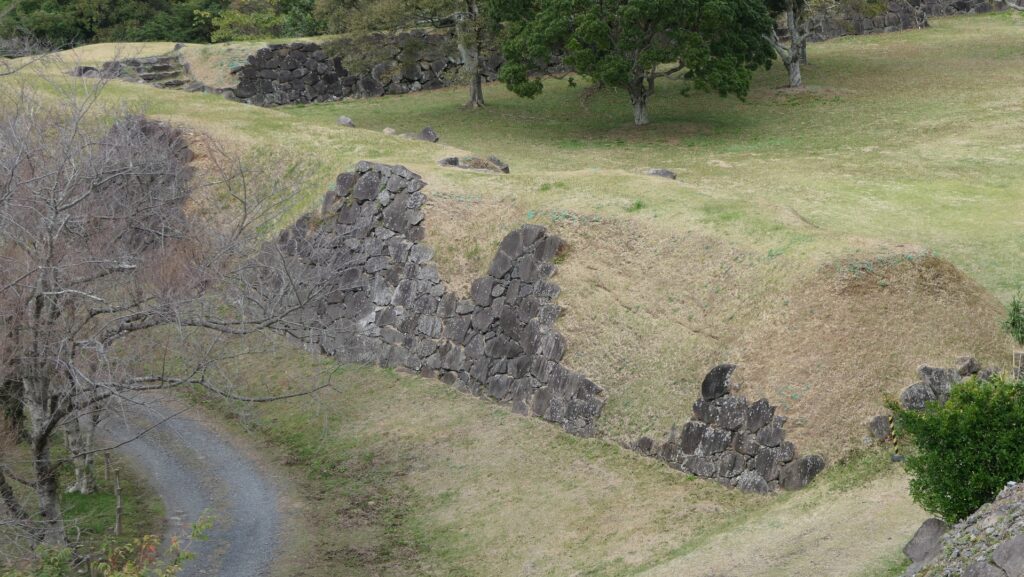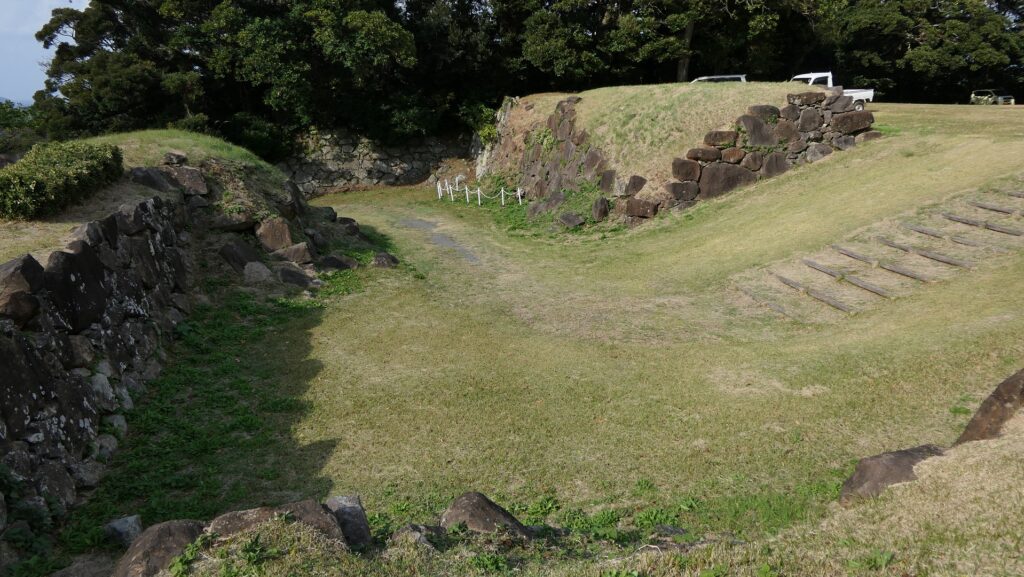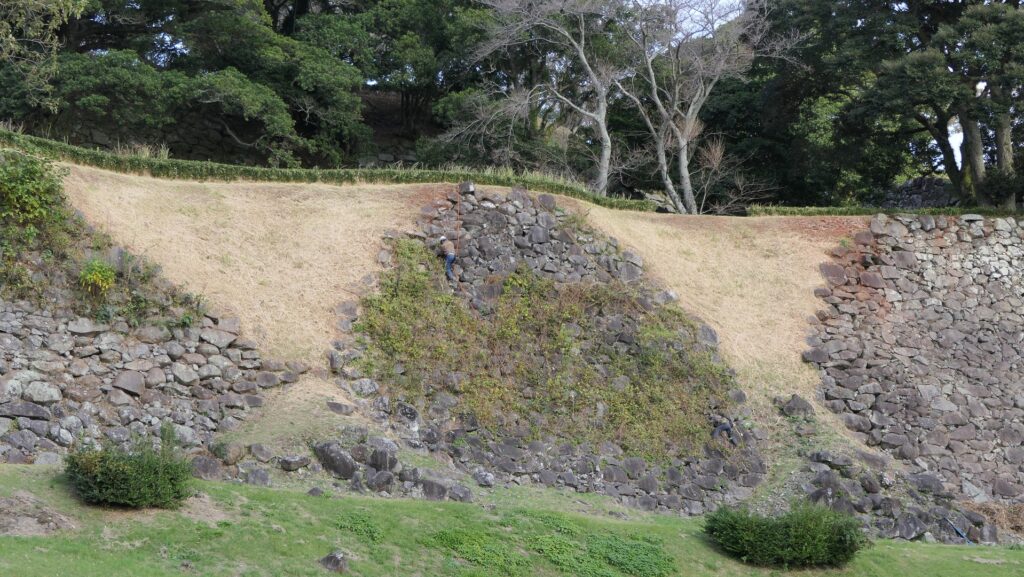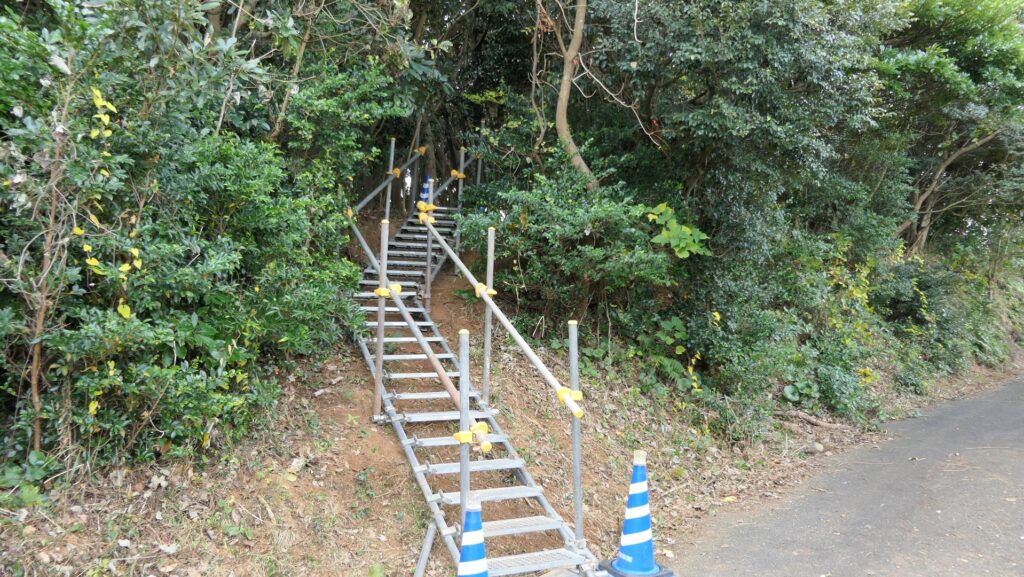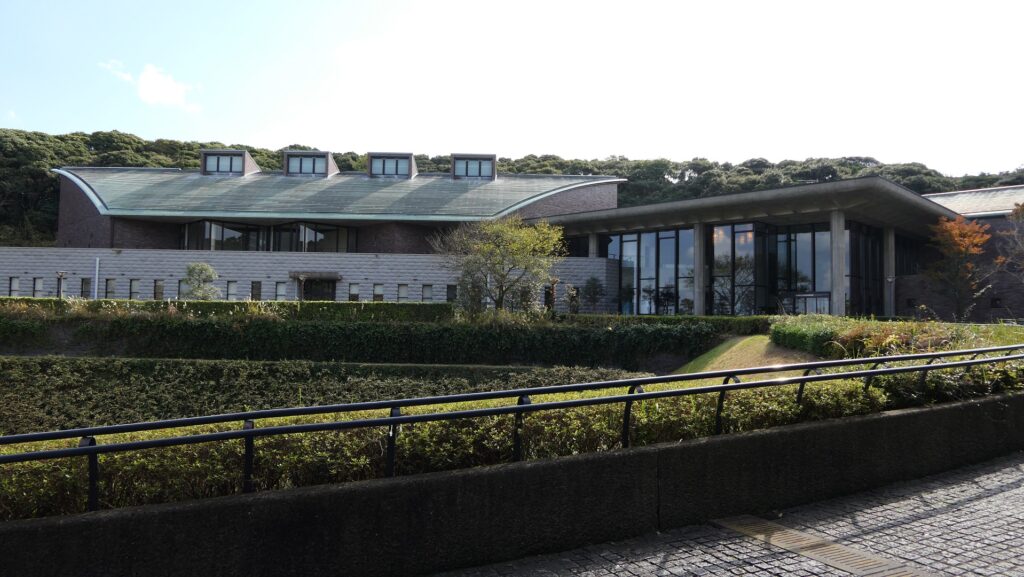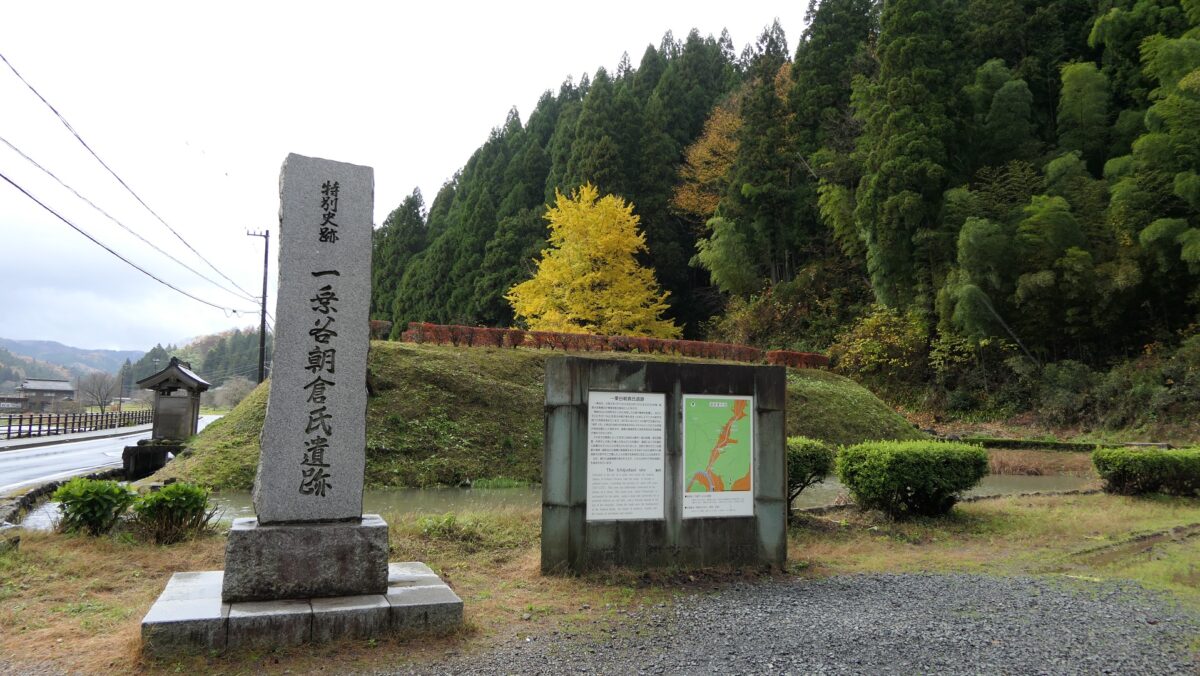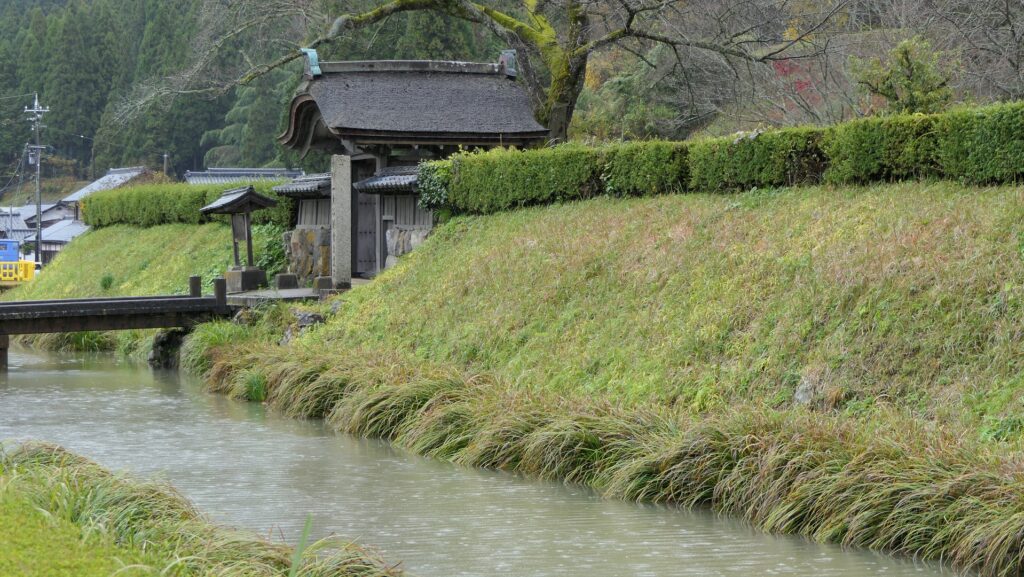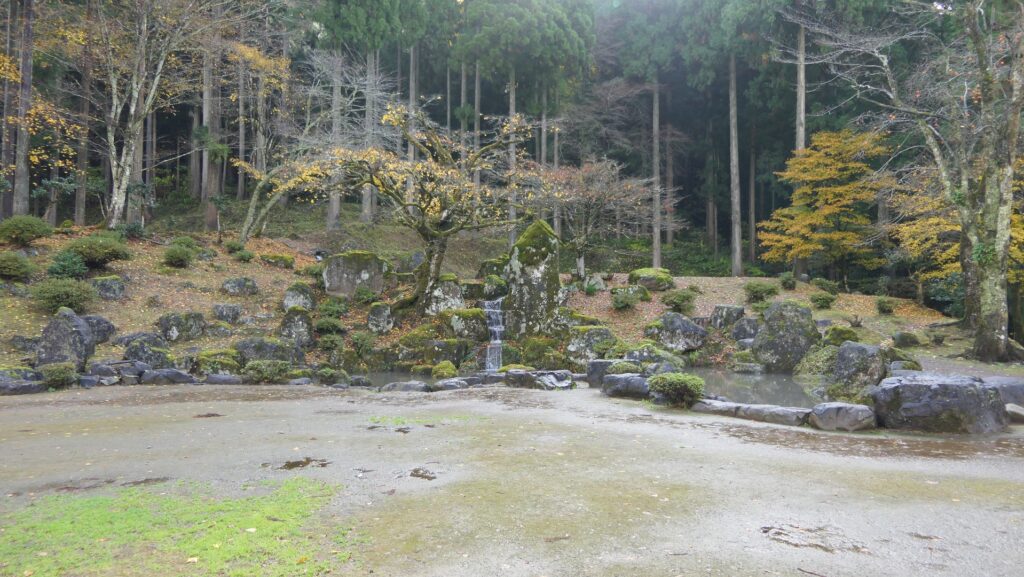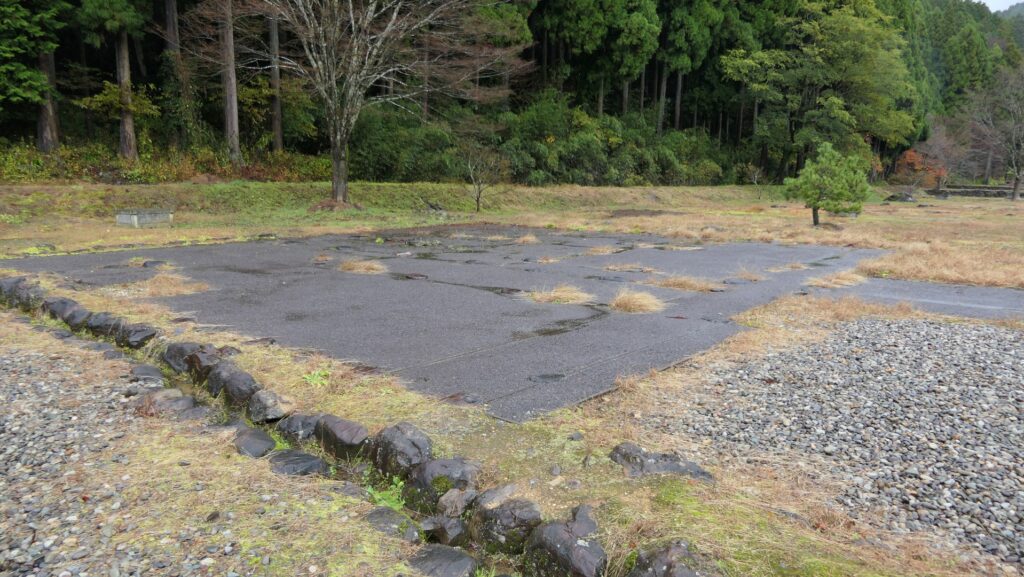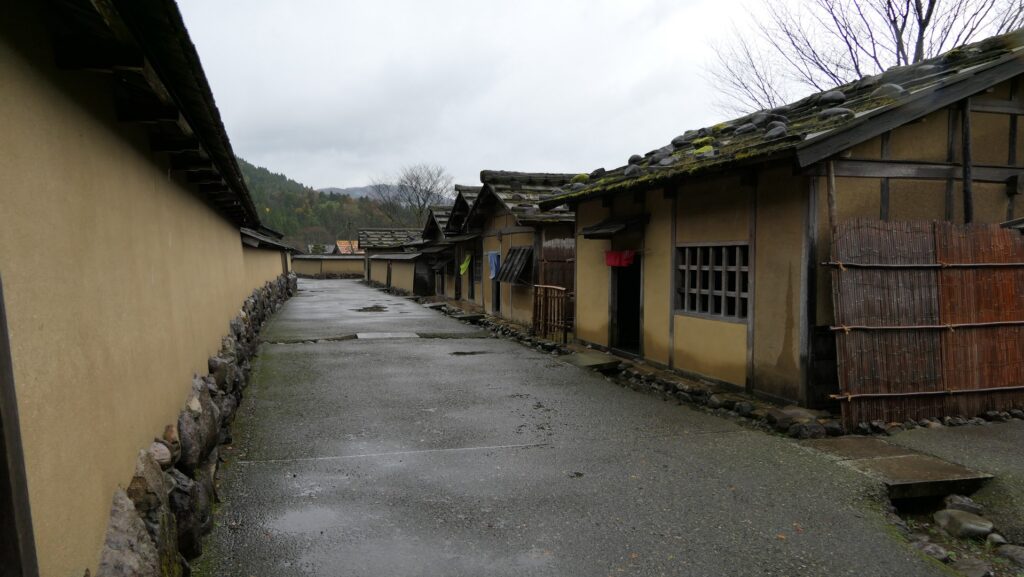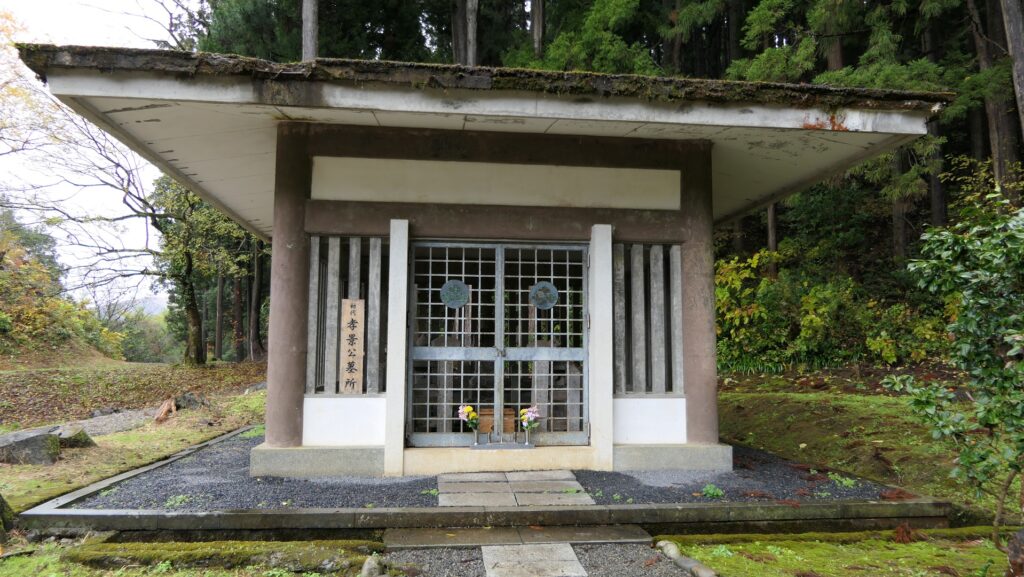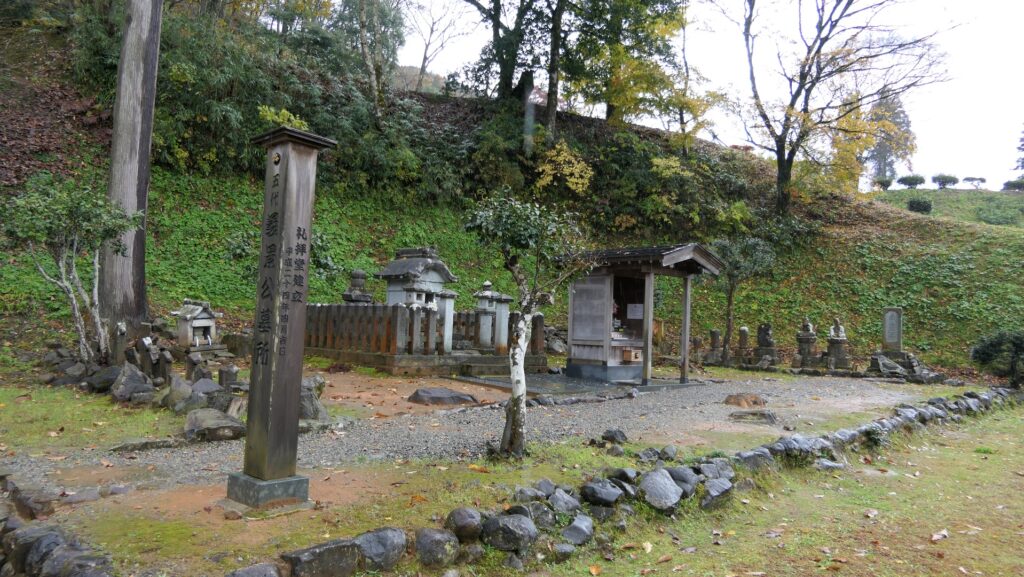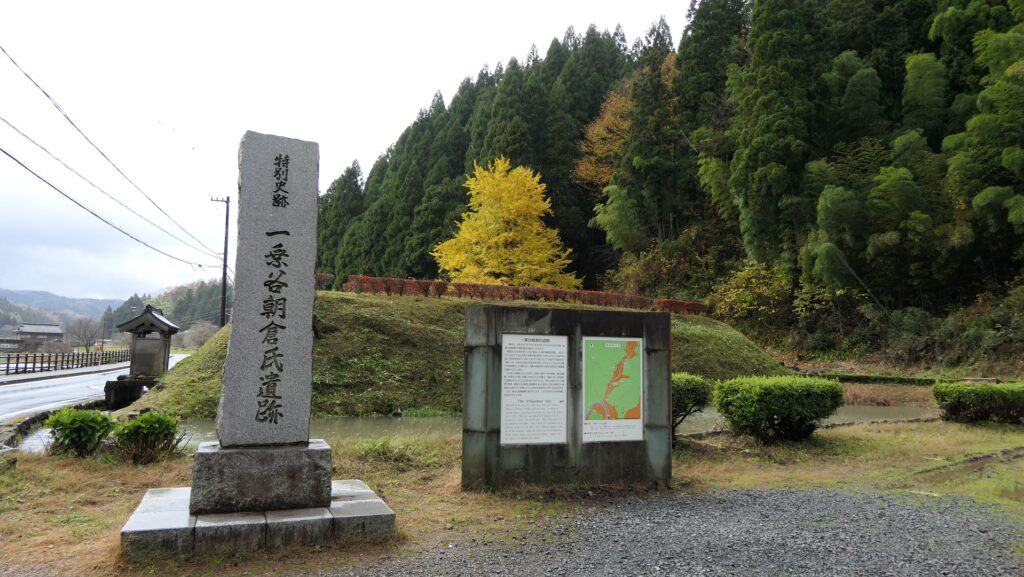Later History
With the start of the Burial Mound Period in at the late 3rd Century, the Yoshinogari settlement rapidly decreased. Four keyhole-shaped burial mounds were built on the land of Yoshinogari. After a long time, local historians noticed that a lot of pieces of burial jars and earthenware were found in the area about 100 years ago. In 1986, Saga Prefecture decided to develop the area as an industrial park. As a result, before the development, there were some research on the buried cultural properties. Yoshinogari Ruins were meant to be destroyed after the research. However, the huge scale ruins were revealed in 1989. The media reported the ruins sensationally as if they were the Yamatai Country. Visitors suddenly rushed to the ruins, too. The prefecture reversed its decision and announced it would preserve the ruins instead. The ruins were designated as a National Special Historic Site in 1991. The Yoshinogari Historical Park finally opened in 2001.
The aerial photo of Hashihaka-kofun Tumulus, a representative keyhole-shaped burial mound in the 3rd Century in Nara Prefecture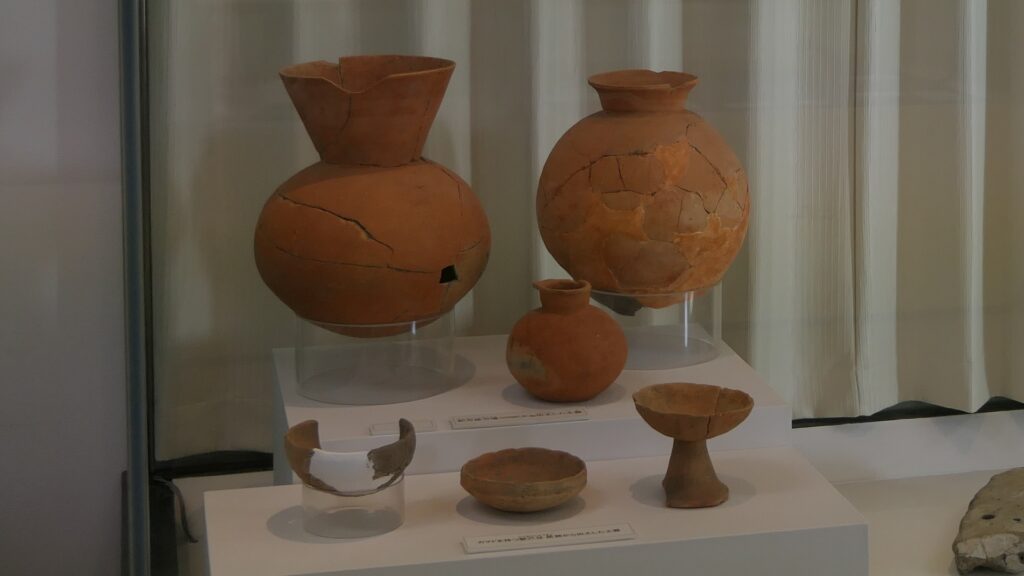

My Impression
I think there are no other ruins like the Yoshinogari Ruins, which show the real image of the Yayoi Period. The ruins can be seen as a theme park rather than a historical park. You can see the settlements already had some elements of castles found in Japan later on. However, it’s up to you whether Yoshinogari Ruins should be considered are a kind of castle or not. I recommend visiting them and making your own impression.

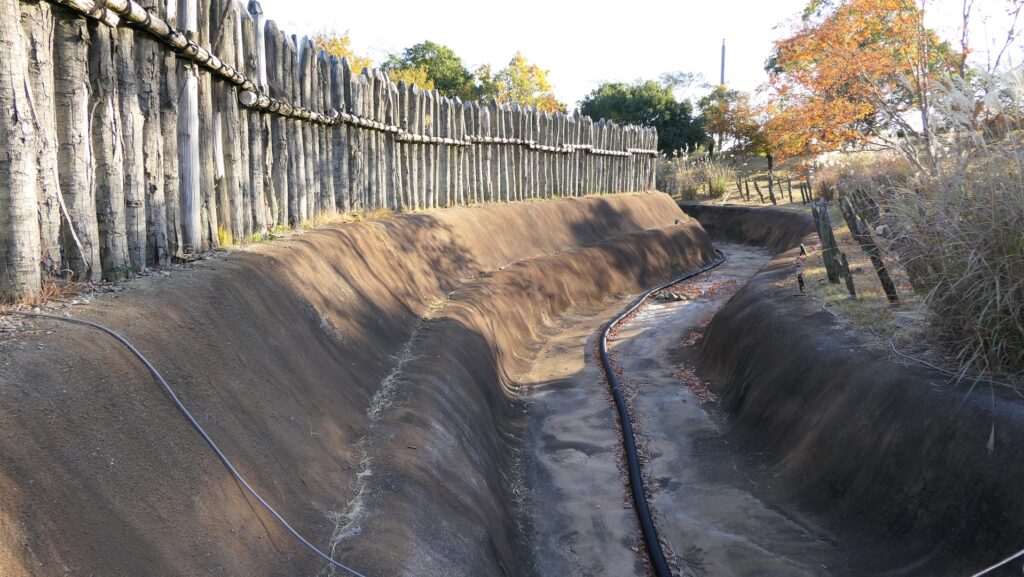
How to get There
If you want to visit the ruins by car, it is a few minutes away from Higashi-Sefuri IC on the Nagasaki Expressway.
You can park in the parking lots for visitors in the park.
If you want to use public transportation, it takes about 15 minutes on foot from the JR Yoshinogari-koen Station.
To get to Yoshinogari-koen Station from Tokyo or Osaka: Take the limited express from Hakata Station and transfer to the local train on the Nagasaki Line at Tosu Station, after using the Shinkansen super express or by plane.
Links and References
That’s all. Thank you.
Back to “Yoshinogari Ruins Part1”
Back to “Yoshinogari Ruins Part2”

